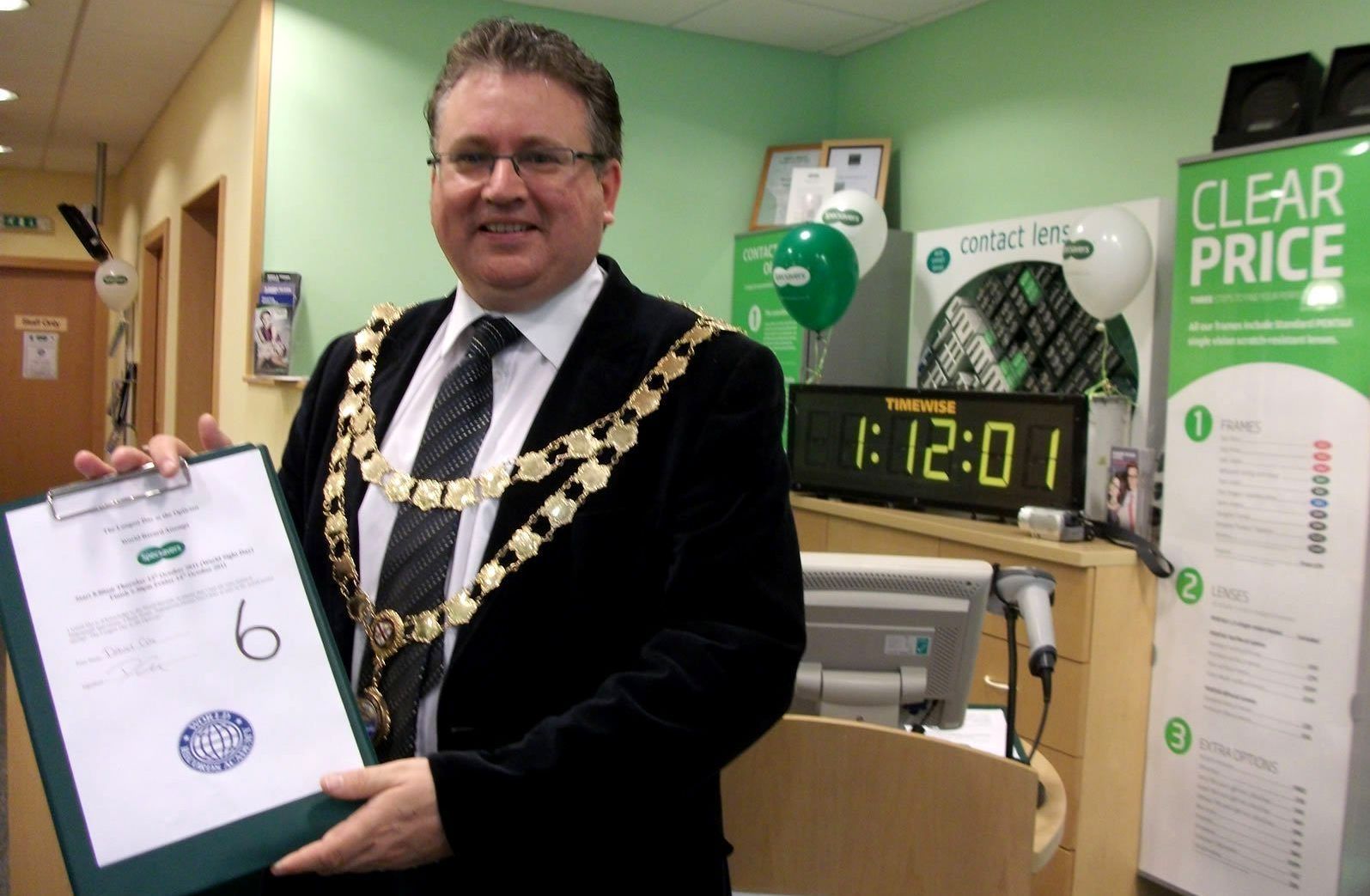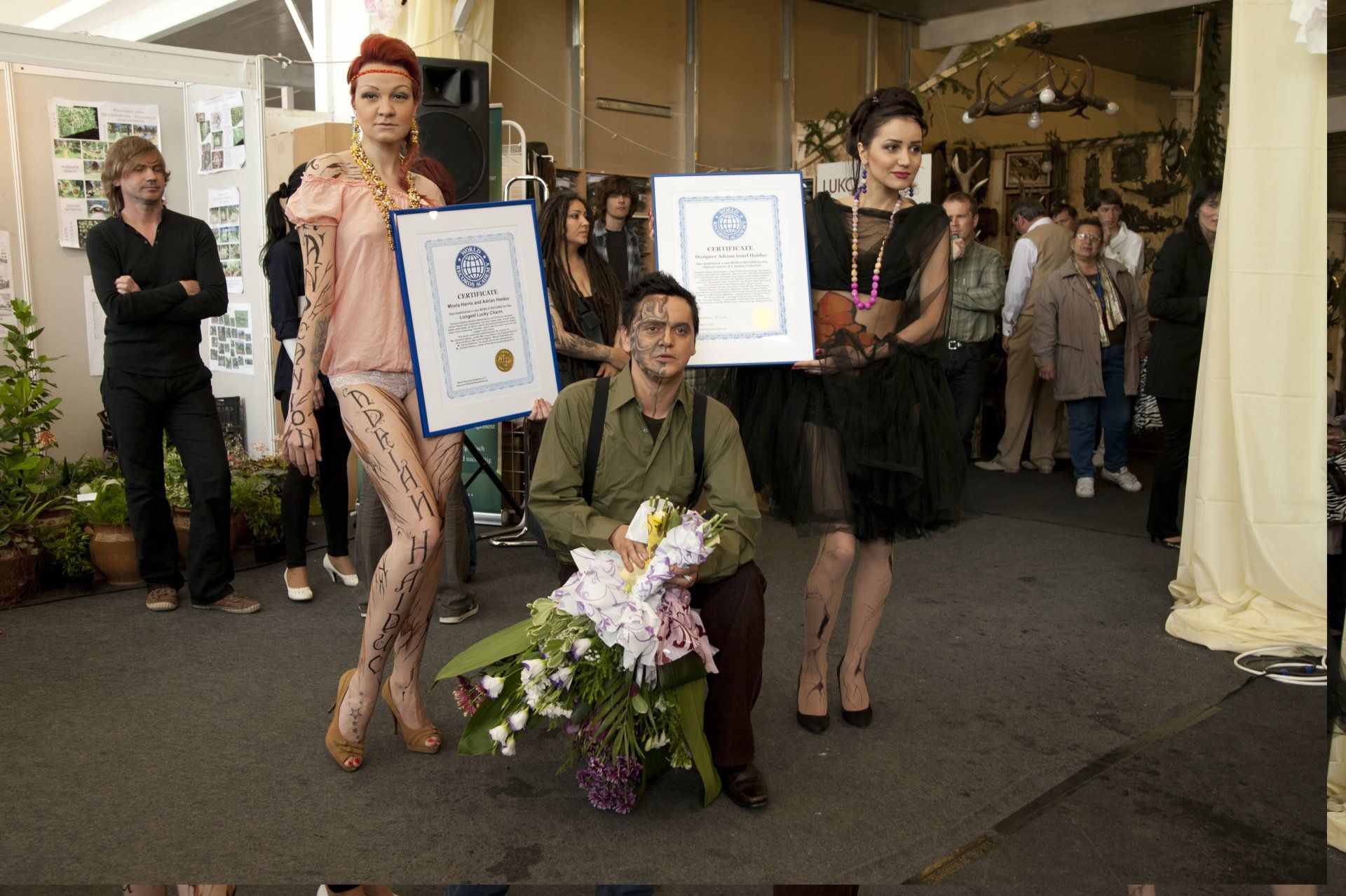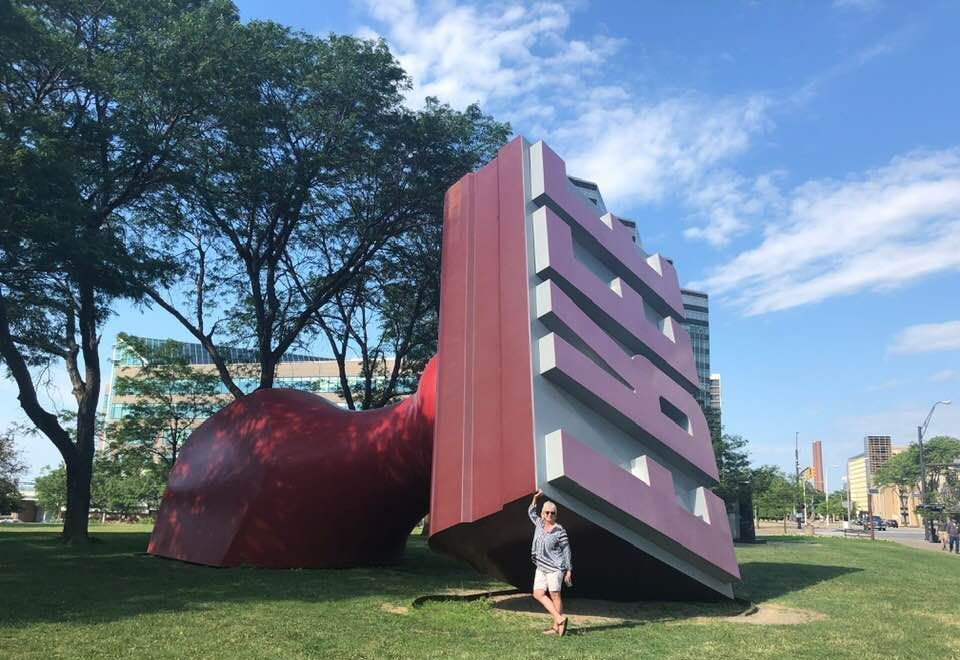World’s Largest Marble Exhibit, world record in Proctor, Vermont
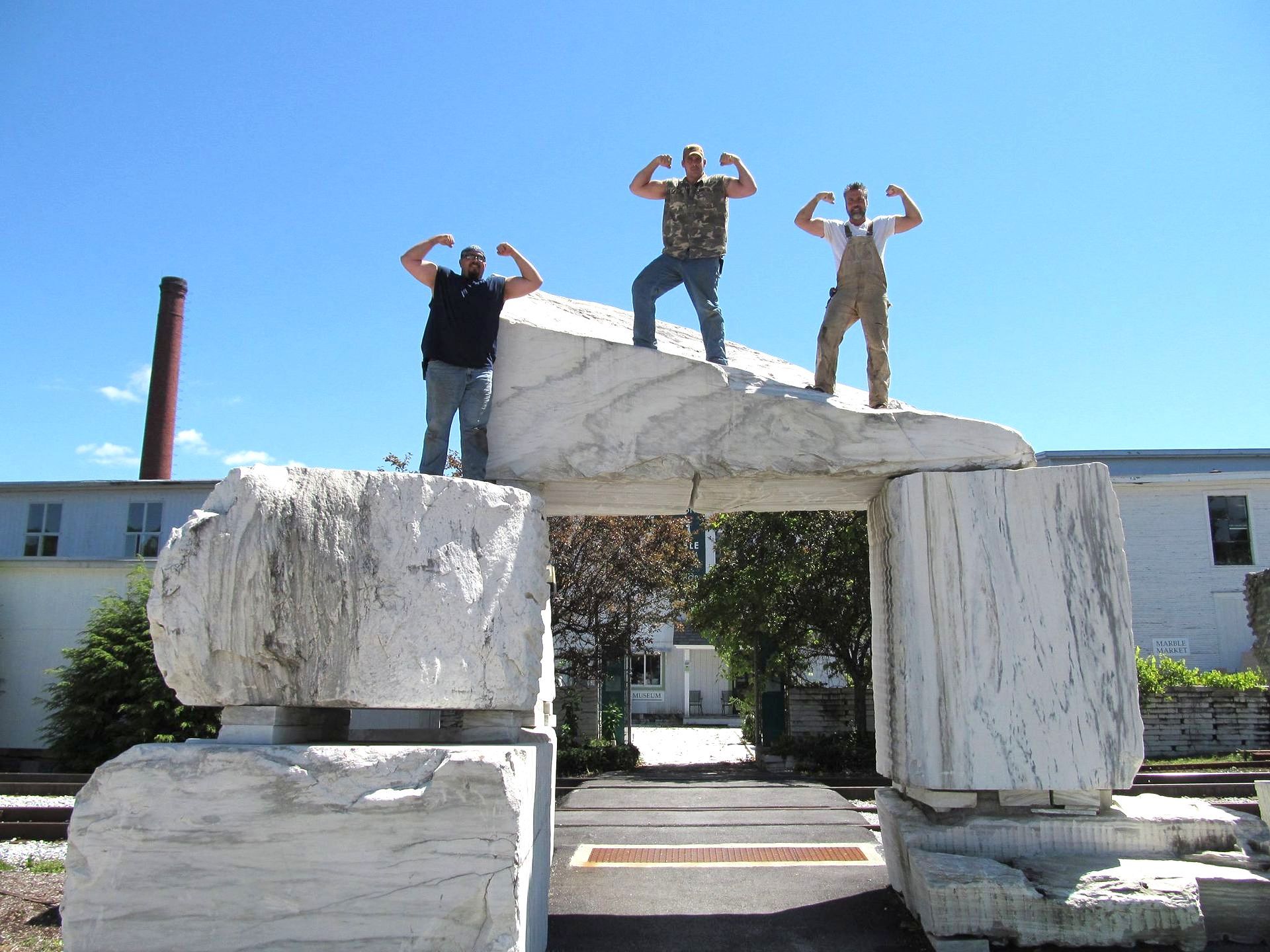
Proctor, Vermont, United States--The
Vermont Marble Museum, also known as
Vermont Marble Exhibit, is a museum commemorating the contributions of Vermont marble and the Vermont Marble Company, located in Proctor, Vermont, United States; with over 3,930 specimens of marbles, travertines, and granites, which are currently being digitized, the Vermont Marble Company Sample Collection sets the world record for being the
World’s Largest Marble Exhibit, according to the WORLD RECORD ACADEMY.
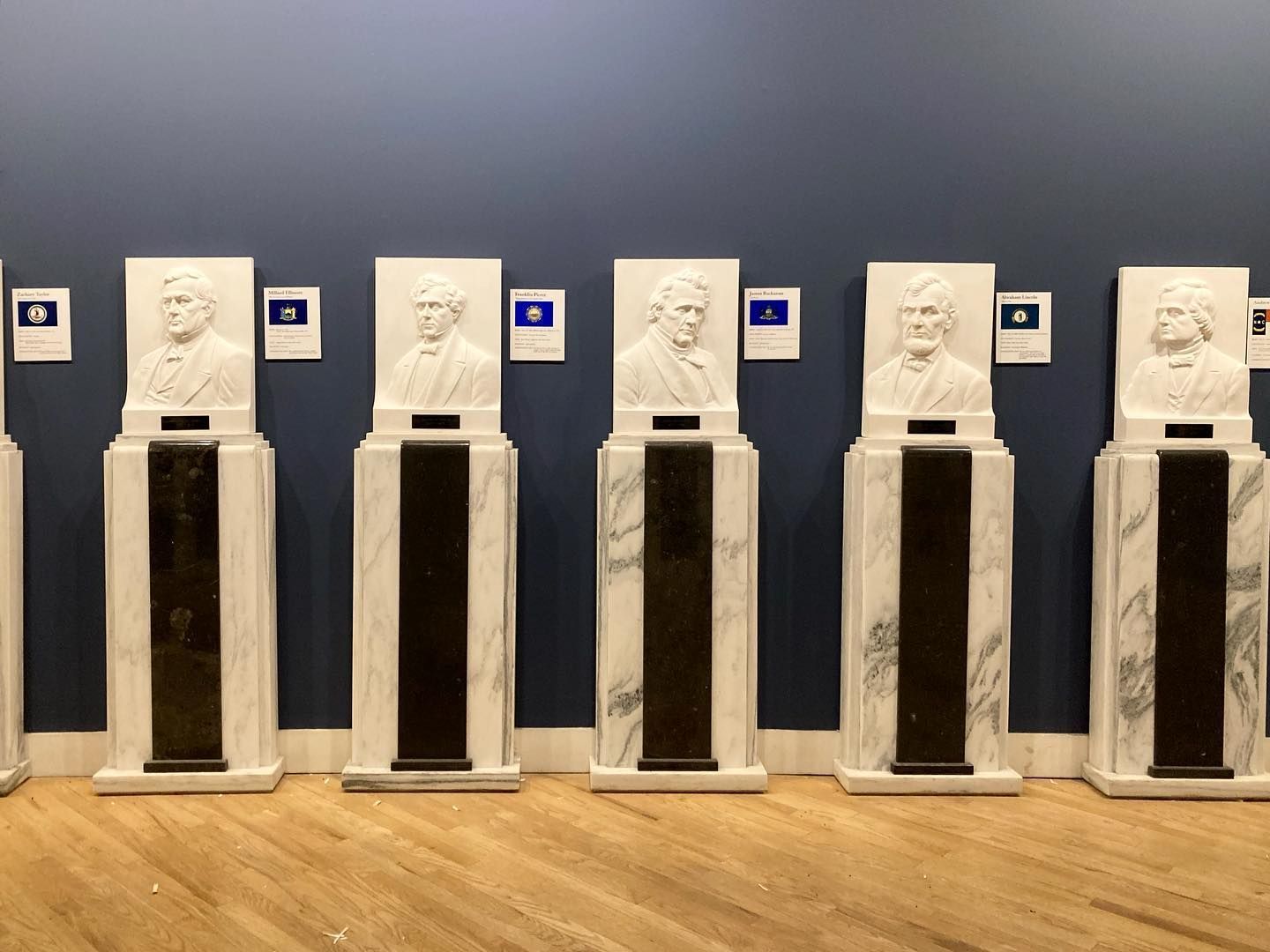
"The Vermont Marble Museum or Vermont Marble Exhibit is a museum commemorating the contributions of Vermont marble and the Vermont Marble Company, located in Proctor, Vermont, United States. The museum is located in a wing of one of the former Vermont Marble Company buildings.
"The exhibit offers self-guided tours focusing on the company's history, the geology of marble and other local stones, and the uses of marble in art, architecture, and industry. A short video narrates the history of the Vermont Marble Company, and historical photographs of VMC workers quarrying, carving, and shipping Vermont marble are displayed throughout the exhibit.
"Several geologic exhibits, including an artificial cave and a preserved triceratops skeleton are also on display. A display contains large slabs of decorative stone, including the local Danby white and deep green verde antique. This display also includes local granites and imported marbles. Numerous sculptures, including busts of nearly all the U.S. presidents, The Last Supper, and other works are scattered throughout the museum. An artists' studio allows visitors to watch carving demonstrations and ask questions of local sculptors." (Wikipedia)
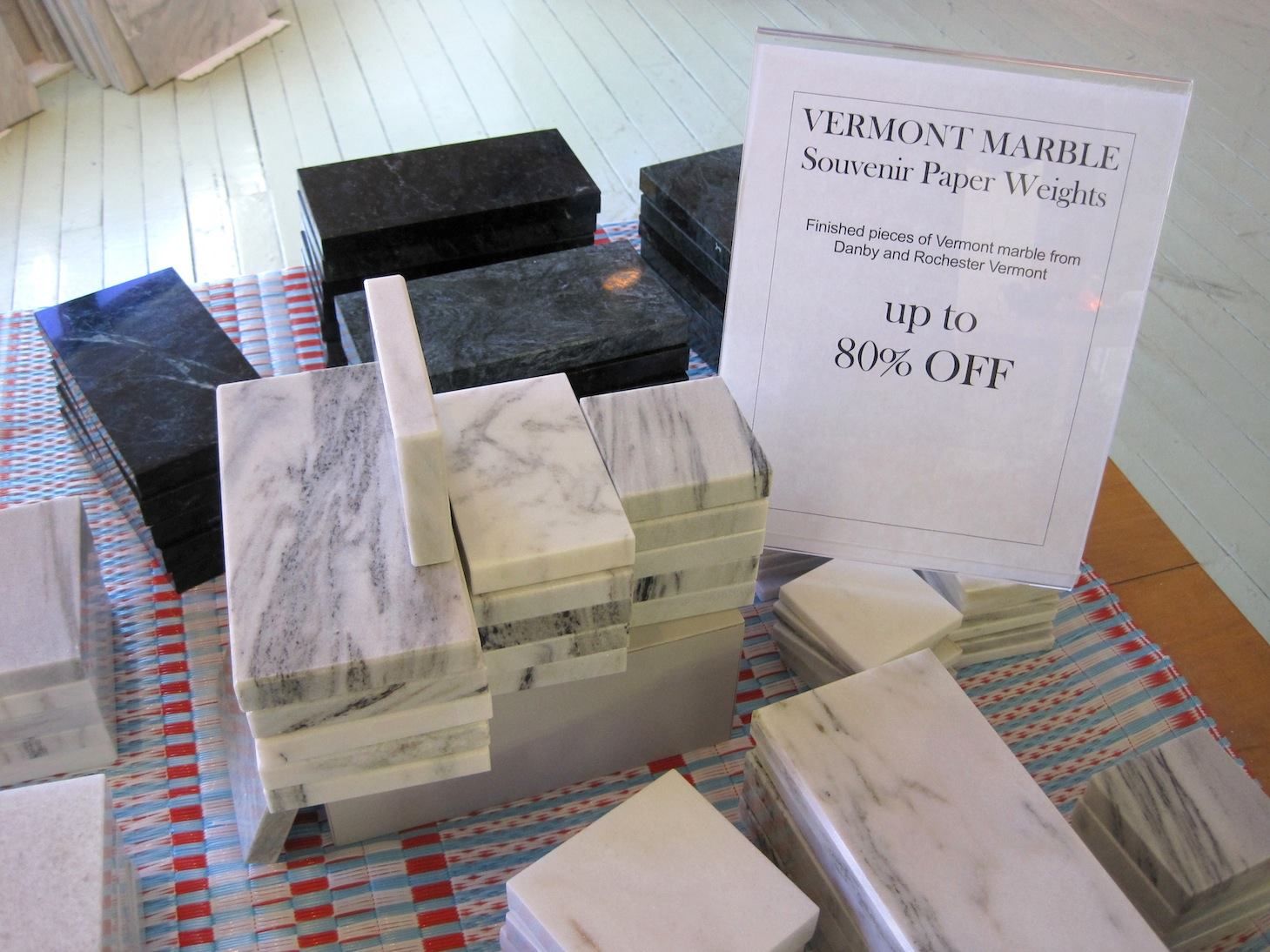
"The Vermont Marble Company virtually built the town of Proctor. At its peak, the company employed several thousand people in the Proctor area. Early in the century, it was considered the largest U.S. corporation in the world. Locally, headstones were being made from outcrop marble as early as 1785. The first commercial quarry was opened in Dorset – the first quarry in Vermont, and believed to be the first in North America," the official website says.
"In the course of its life, Vermont Marble Company acquired rights to all the marble deposits in Vermont, Colorado and Alaska, to become the giant of the industry for a century. Even as early as 1885 the volume produced was incredible. Some of the most notable structures that were constructed of Vermont Marble Company marble are the United States Supreme Court Building and the Jefferson Memorial.
"The museum’s historical exhibits include early photographs, samples of many products and is rich with information about the evolution of the marble industry. Learn about owners, investors, innovators and the hard working people that quarried and moved huge slabs and produced everything from Supreme Court pillars to gravestones. It is all centered right here at the exhibit location in Proctor, Vermont."
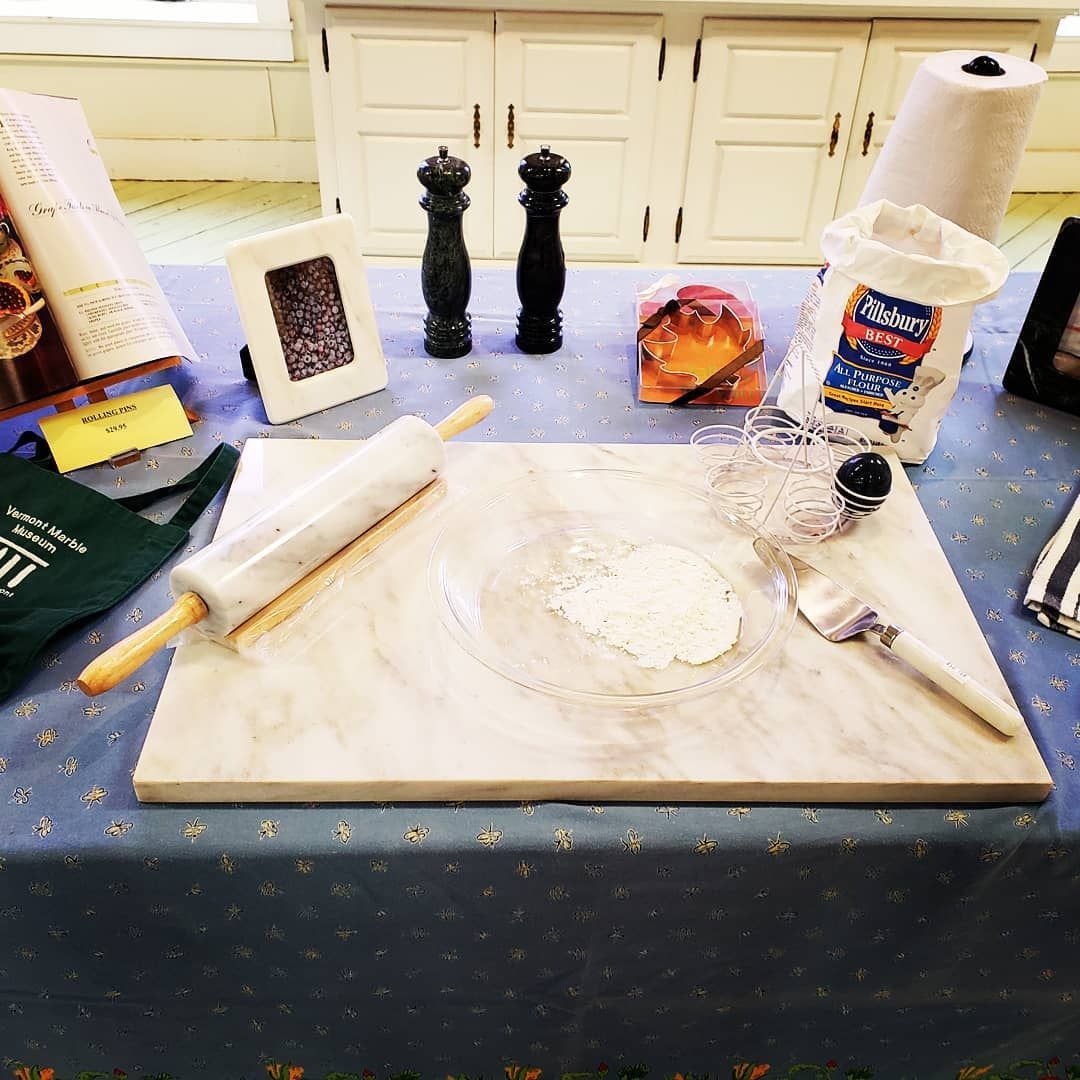
"The museum began as an exhibit and show room for Vermont Marble Company’s products. Today the museum includes:
- Large panels of marble from the Vermont Marble Company’s quarries in Vermont and elsewhere
- An exhibit on the creation of the Tomb of the Unknown Soldier
- The Hall of Presidents – relief sculptures of US presidents up to George Bush Sr.
- The Geology Room showing the formation of rock, including marble
- Photographs of monuments, quarries and quarrying techniques
- A theater with two films – one on the Tomb of the Unknown Soldier and another on the history of the Vermont Marble Company
- Pre-construction mockups of sections of two well-known buildings made of Vermont marble – the U.S. Supreme Court and the Beinecke Library at Yale University
- Marble sculptures, a display on the “pointing” technique used to carve large images
- An exhibit on how crushed marble is used in everyday products
"Also included in the Museum holdings, though not currently accessible to the public, are extensive paper archives and photographs documenting the early years of the Vermont Marble Company operations," the Preservation Trust of Vermont says.
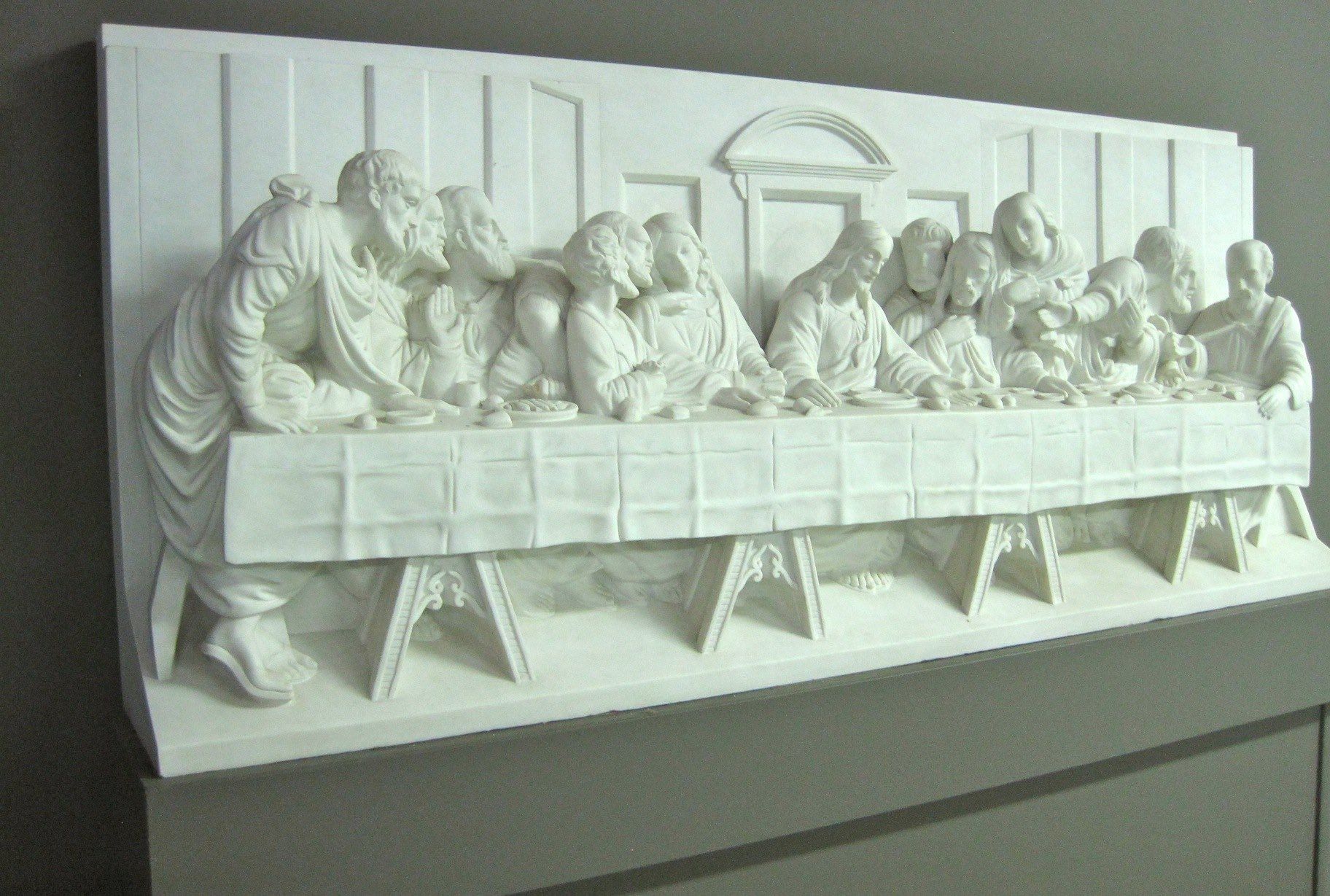
"“Founded in 1880, the Vermont Marble Company operations extend throughout the United States and Canada. They include quarrying, finishing, marble erection and by-products. Variety is ensured by importing from many foreign countries.
“Finishing plants and branches in many larger cities make Vermont Marble products readily available to enhance homes, educational, commercial and governmental buildings. Vermont Marble is famous as Memory Stone Memorials and National shrines. The latter include The Tomb of The Unknown Soldier, The Jefferson Memorial, the Franklin D. Roosevelt Memorial at
Hyde Park and many others," the
Quarries and Beyond says.
“Other divisions of the Vermont Marble Company produce white pigments, industrial fillers, lime products, can making machinery and supplies. The company also operates talc and electric plants."

"The Vermont Marble Museum, which bills itself as the world’s largest marble exhibit, will be able to remain in its historic building in Proctor under a deal between the Preservation Trust of Vermont and ZION Growers, a hemp company," the VT Digger says.
"The Vermont Marble Museum, which has been closed for the last two years, is housed in the former factory of one of the most notable companies in Vermont history, the Vermont Marble Company.
"The preservation trust bought the building in 2012 to stave off the piecemeal sale of the structure and collections. It’s been trying to find a buyer ever since, in hopes of preserving the building and museum. ZION Growers will use much of the building to process locally grown hemp into fiber for paper, textiles and building materials."
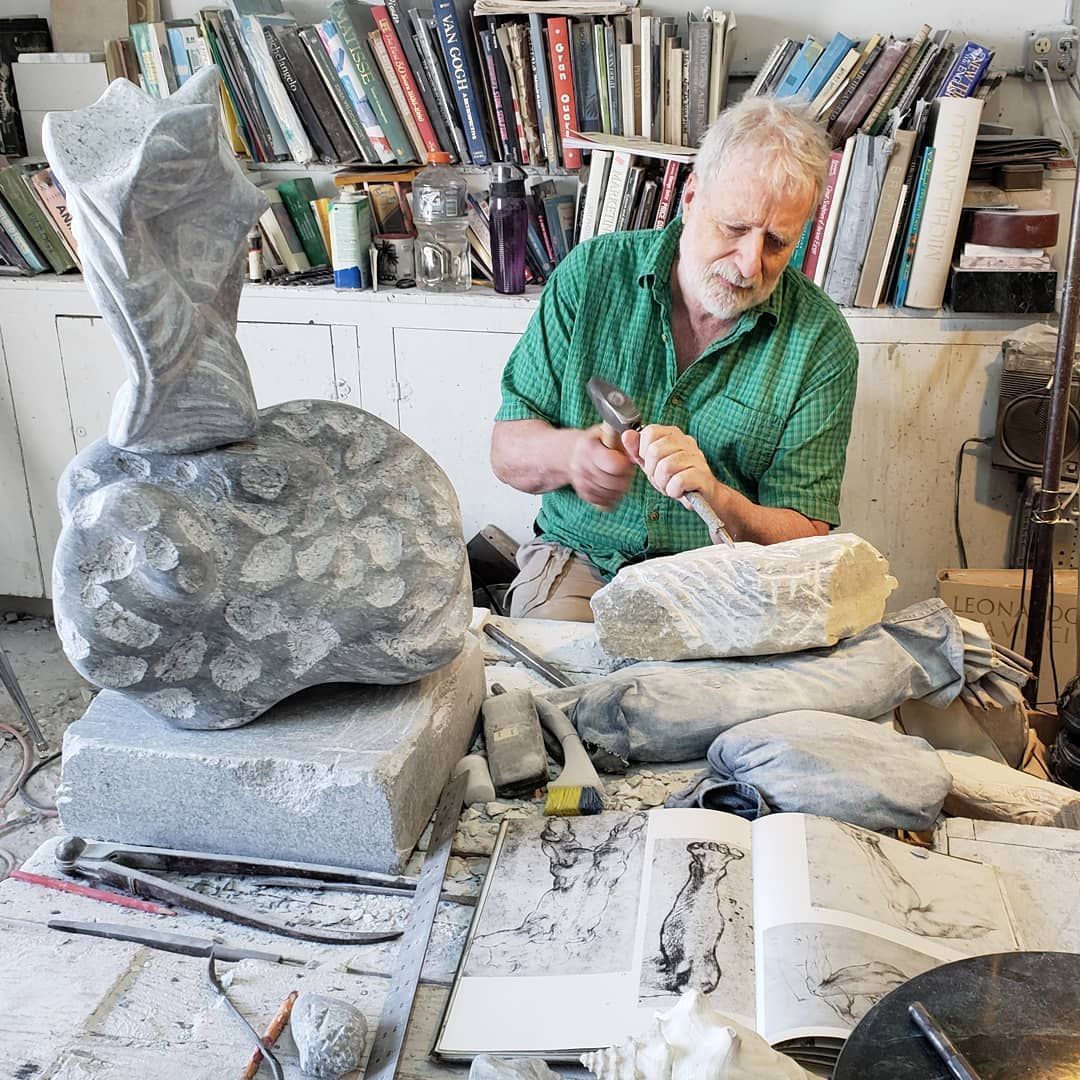
"Previously one of the largest producers of marble in the world, The Vermont Marble Company, as a supplier, designer, fabricator, and seller, was a global competitor in the European-dominated world of building and ornamental stonework from the early to mid-20th century," the Weitzman School of Design says.
"In addition to its extensive mining operations, including exclusive rights to all deposits marble in Vermont, Colorado and Alaska, Vermont Marble Company produced the stuff of monumental America from everyday memorials to commercial and domestic palaces to national monuments. Notable commissions include The United States Supreme Court Building, the Jefferson Memorial, the National Gallery, and Yale’s Beinecke Rare Book and Manuscript Library.
"The Vermont Marble Company Sample Collection features 3,930 specimens of marbles, travertines, and granites. It is currently being digitized, and over 1,000 pieces of stone are available for discovery on ArtStor. The catalog, which will continue to be expanded upon, provides detailed information about classification, region of origin, and uses of various stones in Vermont Marble Company commissions.
"Available through JSTOR is the Vermont Marble Company Photograph Collection. The collection features over 1,000 images documenting the history of the Vermont Marble Company from its beginning in the late 1800’s as the Sutherland Falls Marble Company, to its final years in the 1970s, and the development of a museum about the company in the 1990’s."
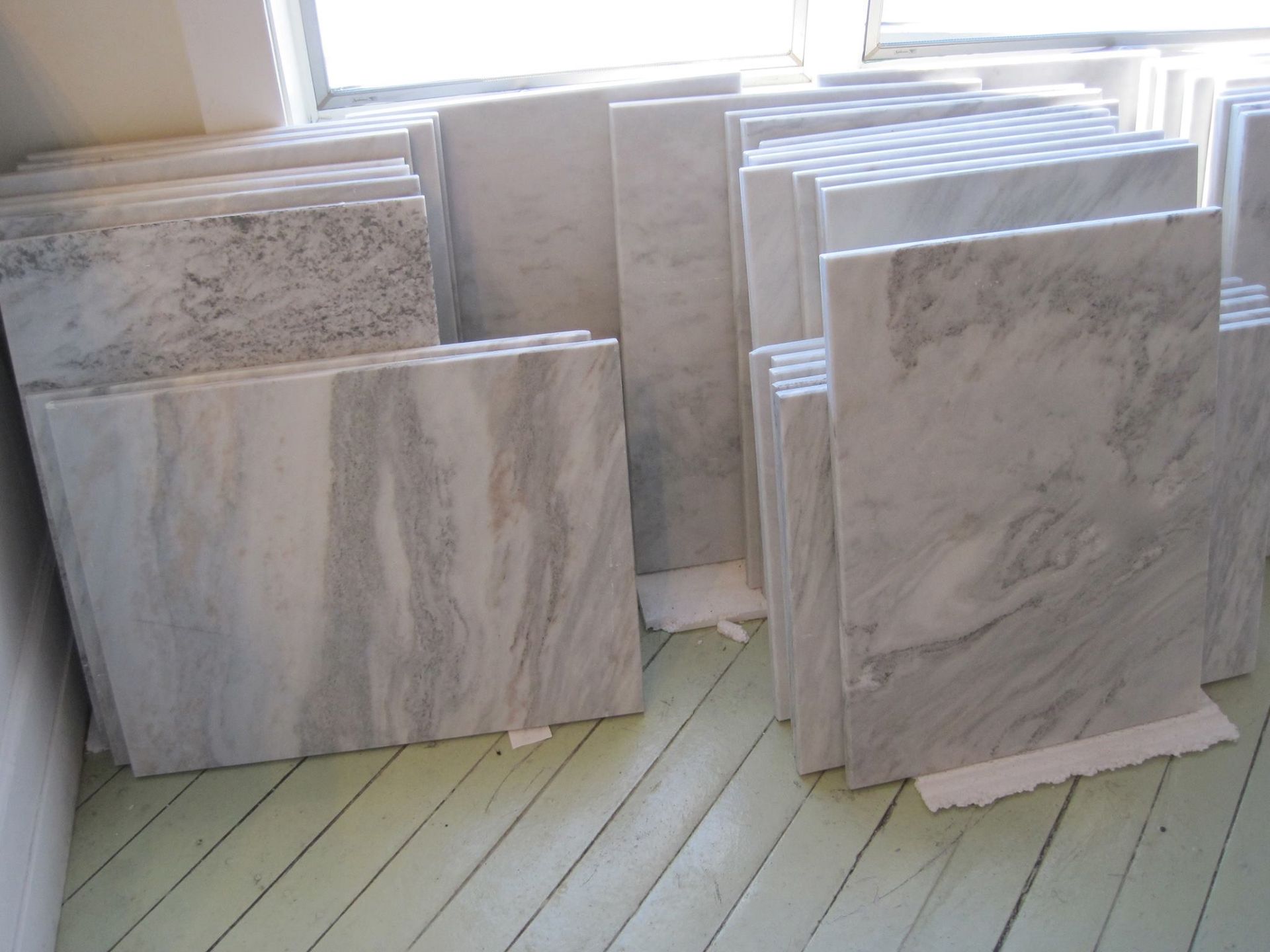
"Reportedly the largest museum in the world dedicated to the production of marble, the Vermont Marble Museum is located in what was once the main manufacturing plant of the Vermont Marble Company. During its heyday between 1880 and the 1930’s, the Vermont Marble Company grew to be not only the largest marble manufacturer in the world but one of the world’s largest companies," the Preservation Trust of Vermont says.
"It employed over 5000 people, had offices in most major U.S. cities and owned the rights to all the marble in Vermont, Tennessee, Colorado and Alaska.
"There are prominent buildings and monuments made from Vermont marble all over the United States and the world including many significant Washington, D.C. structures including:
- Thomas Jefferson Memorial
- US Supreme Court Building
- Rayburn House Office Building
- Russell Senate Office Building
- Arlington Memorial Amphitheater
- Arlington National Cemetery
- Tomb of the Unknown Soldier – the marble sarcophagus came from the company’s Colorado quarry but the carving was done in Proctor and the tomb base is Vermont marble
- National Gallery West Building – includes Vermont marble on the interior
- Union Station is constructed from Vermont granite with a Vermont marble base
- U.S. Capitol – West Elevation Balustrade
- Memorial Continental Hall – DAR Building (on the Ellipse, adjacent to the White House)
- District of Columbia War Memorial (WW I)
- Washington DC Municipal Building, 1350 Pennsylvania Ave.
- White House Remodeling, 1950’s
- Lincoln Memorial – Marble form the VMC’s Yule Colorado Quarry
- Arlington Memorial Bridge
- Smithsonian Museum of Natural History
- US Department of Agriculture, North Buildings
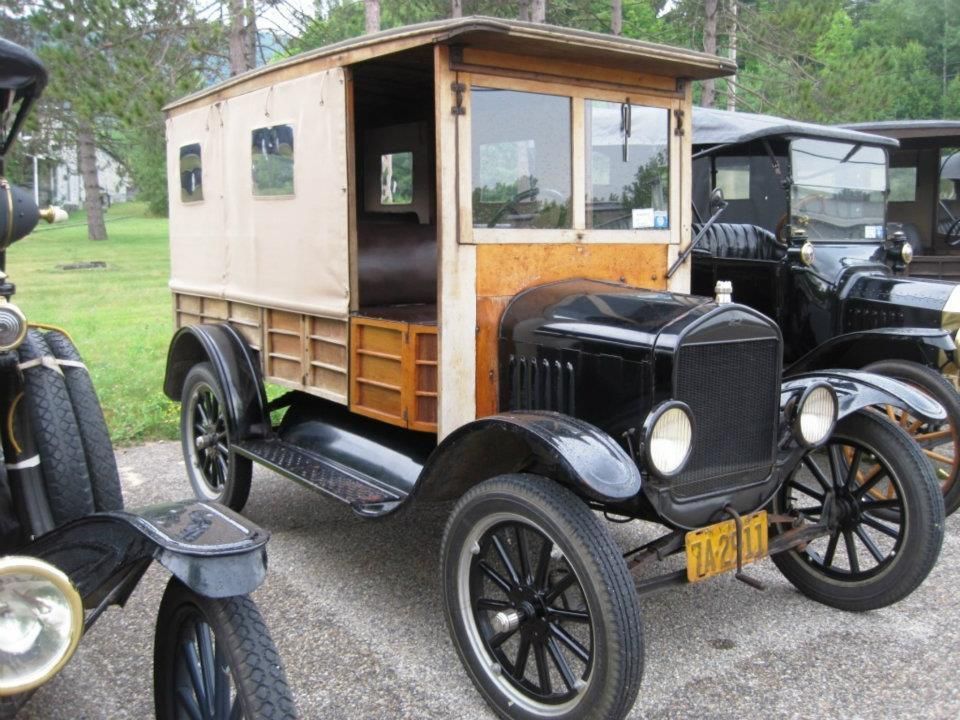
"The marble on the U.S. Supreme Court building, the Lincoln Memorial, the Thomas Jefferson Memorial, the Tomb of the Unknown Soldier and the United Nations building was all the work of the Vermont Marble Company in Proctor.
"Founded in 1880 by Redfield Proctor, the company rose over the next 50 years to become the world’s largest marble manufacturer. Beginning in 1886, it built the town of Proctor to settle the thousands of skilled immigrants it recruited. In the center of town stands the Vermont Marble Museum, which the company created in 1936 — one of Vermont’s first tourist attractions," the Seven Days Vermont says.
"The museum occupies about half of the Vermont Marble Company’s long marble-manufacturing shed — a series of connected factory buildings extending along the railroad at the center of town. Some have clerestory windows on the second floor; all shed old white paint."
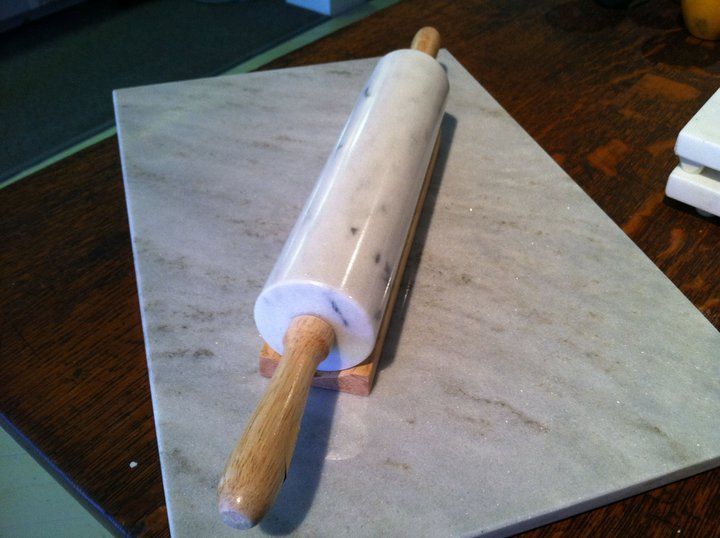
"A large museum of the local marble industry, located in the former showroom and warehouse of the Vermont Marble Company. In the early 1900s, when marble was still a major building material, the Vermont Marble Company, headquartered here in Proctor, dominated the trade, and was one of the largest companies in the nation," The Center For Land Use Interpretation says.
"Its legacy can be found in scenic abandoned and flooded quarries, mostly around the central southern part of the state, and in former production sites like this. The museum, said to be the largest marble exhibit in the world, rambles in the rustic shed building, through the former showrooms for the marble company, where kitchens, bathrooms, and other displays made as far back as the 1930s provide a refreshingly authentic view of the industry.
"Outside, barely visible, the Sutherland Falls quarries plunge diagonally a couple of hundred feet downward, underneath the building, flooded for eternity. Only a few marble quarries are still active in the state, and are operated by other companies. Vermont Marble Company was bought by OMYA, which has sold off many of the company's assets, but still is active in the state."
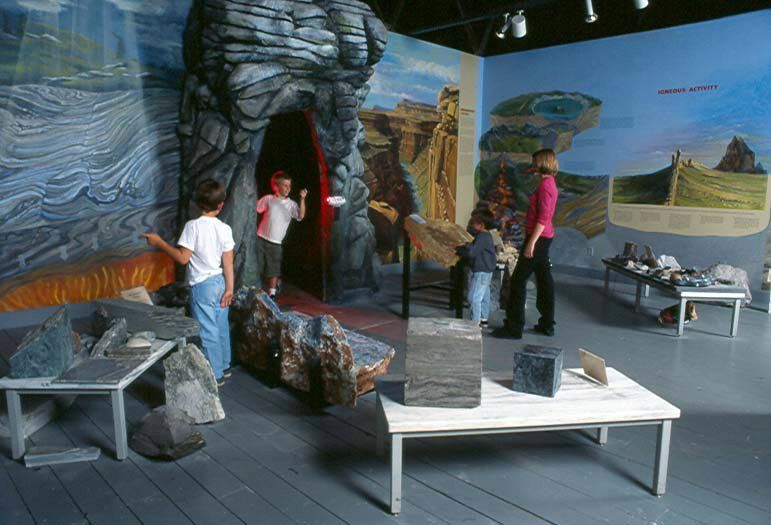
"The earliest marble was quarried by the Humphrey brothers in 1836. They were followed by successive marble companies. In 1870 Redfield Proctor took over in receivership and brought the Vermont Marble Company to world prominence.
"Building contracts and work done in the Proctor shops include the US Supreme Court, Jefferson Memorial and the rotunda columns in the National Gallery of Art," The Historical Marker Database says.
"The Company employee program established the first Industrial Nurses in 1895. Between 1890-1915 workers came from 23 countries and lived in many boarding houses and later in houses rented from the Company. Nationalities had social groups and aid societies. There were two Lutheran Churches, one Roman Catholic, one Greek Catholic and the Union Protestant Church."
Photos: Facebook/Vermont Marble Museum
